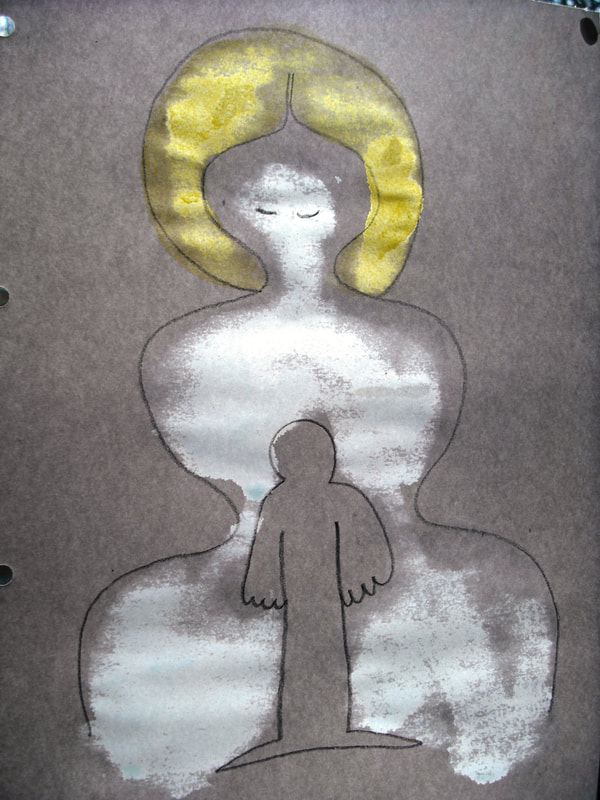|
In the modern world it is often only when the crisis comes that the Dhamma becomes apparent. We are lulled into a false sense of security by our wealth and knowledge, our ability to control the world. It is only when conditions get beyond control that we really wake up. Then we can find ourselves unprepared and in a panic. Actually our control had always been temporary and limited. The Buddha encourages us to reflect on this in a very deep way – that nothing is really me or mine, that there is no self-in-control, that ultimately there is no control. We still do our best to act in a wise and compassionate way, but we bear such limitations in mind to avoid frustration and wasted energy. The most intimate and potentially the most powerful way that we see this truth of not-self is in relation to our own bodies. If the first time we see this is when the life-threatening disease comes along this will be very frightening. We need to train to see this in other ways before this happens in order to protect ourselves. Look at a toddler just learning how to walk, for example, the head drifting along with a complete chaos of arms and legs miraculously holding it up. In reality we can be learning how to use this body and mind most of our lives. I ended up writing a book about how this thing works, it’s good to know. But more than this, observing life in such a way gives us the distance and clarity of objectivity and this distance can become a refuge. We find ourselves looking on at a situation from the outside. Furthermore, we do not need to believe in anything at all for this to be the case. Comments are closed.
|
Categories
All
|
Open The Sky - Reflective and creative work by Ajahn Kalyano

